Q6: W3-Privacy: Privacy Modelling in Multi-camera Video Surveillance
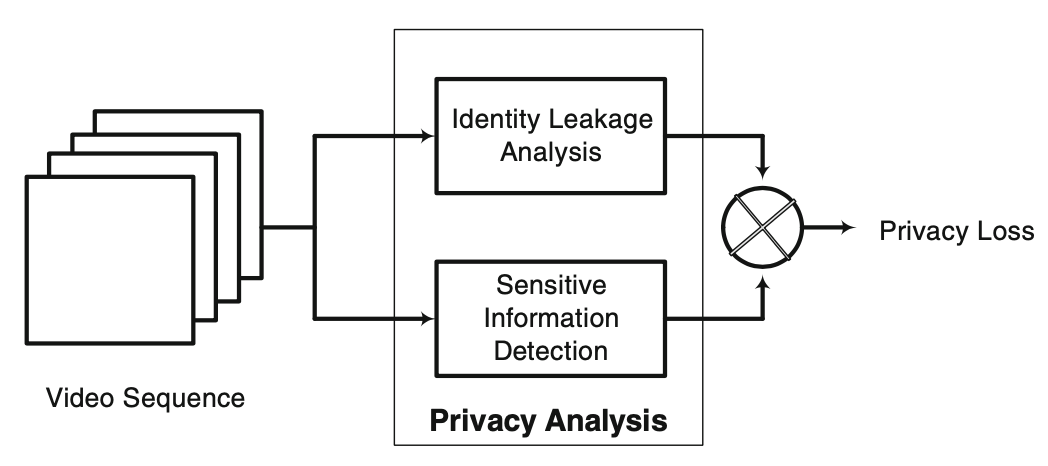
In this study, we introduced a privacy loss model termed as the W-3 Privacy, which considers identity leakage stemming from various inference channels present in video content, specifically related to the aspects of what, when, and where information. We constructed distinct models for identity leakage and sensitive information, subsequently combining them to quantify the overall privacy loss. Our proposed identity leakage model amalgamated the identity breach across multiple events and cameras.
Publications:
M. Saini, P. K. Atrey, S. Mehrotra, and M S. Kankanhalli. W3-Privacy: Understanding what,
when, and where inference channels in multi-camera surveillance video. Springer Int. J. of
Multimedia Tools and Applications, 68(1):135-158 (2014).[pdf][bibtex]
M. Saini, P. K. Atrey, S. Mehrotra, and M S. Kankanhalli. Adaptive transformation for robust
privacy protection in video surveillance. Hindawi Int. J. of Advances in Multimedia, Vol.
2012, Article ID 639649 (2012).[pdf][bibtex]
M. Saini, P. K. Atrey, S. Mehrotra, and M. S. Kankanhalli. Anonymous surveillance. IEEE
Int. Conf. on Multimedia and Expo – Workshop on Advances in Automated Multimedia
Surveillance for Public Safety, Jul. 2011, Barcelona, Spain.[pdf][bibtex]
Q5: Privacy-aware Publication of Surveillance Video
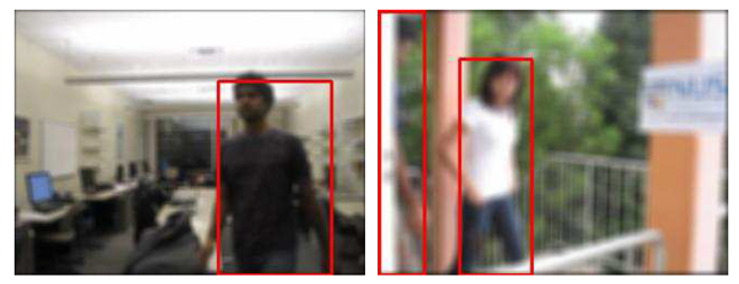
This study involved our contributions to formulating and crafting computational models concerning privacy loss and utility loss. We explored the trade-off between these aspects by examining different data transformation functions.
Publications:
M. Saini, P. K. Atrey, S. Mehrotra, and M S. Kankanhalli. Privacy aware publication of surveillance video. Inderscience Int. J. of Trust Management in Computing and Communications.
Vol. 1, No. 1, pp 23-50 (2013).[pdf][bibtex]
M. Saini, P. K. Atrey, S. Mehrotra, S. Emmanuel, and M. S. Kankanhalli. Privacy modeling
for video data publication. IEEE Int. Conf. on Multimedia and Expo, pp 60-65, Jul. 2010,
Singapore.[pdf][bibtex]
Adaptive workload equalization in multi-camera surveillance systems (Collaborators: Mukesh Saini, Xiangyu Wang and Mohan Kankanhalli)
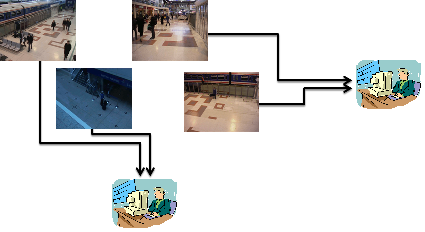
Within surveillance systems, the conventional approach involves statically assigning cameras to hosts. However, we assert that this method lacks desirability, considering that a camera's workload may fluctuate depending on the number of targets within its view. This uneven workload distribution may pose heightened challenges in the future, particularly as sensing infrastructures migrate to the cloud. In our research, we developed a model correlating camera workload to the quantity of targets, enabling the dynamic allocation of video feeds to processors. Our experimental findings demonstrated the efficacy of this model in effectively capturing workload variability. Furthermore, the dynamic workload assignment outperformed static assignment methods, as evidenced by the results obtained.
Publications:
M. Saini, X. Wang, P. K. Atrey, and M S. Kankanhalli. Adaptive workload equalization in
multi-camera surveillance systems. IEEE Trans. on Multimedia, 14(3):555-562 (2012).[pdf][bibtex]
Bus surveillance: How many and where cameras should be placed (Collaborator: Khaled Amriki)
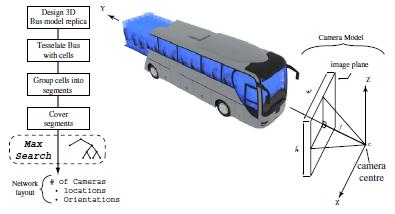
The camera placement in a bus is often performed manually based on human intuition and knowledge; however, there is no scientific basis to justify: (1) how many cameras would be sufficient, and (2) where (location) and how (with what orientation) they should be placed, to increase the area of coverage at the minimum cost. This research addresses this issue by breaking it down into two separate problems: MaxGain and MinCost. The MaxGain problem is aimed to maximize the overall coverage with a specific number of cameras; while the MinCost problem attempts to minimize the number of cameras to cover a specified area in the bus. The solutions to these two problems are presented. The proposed method computes the approximate coverage of a camera inside the 3D bus model. Furthermore, in order to improve the efficiency of the solution, an algorithm called "SmartMax" is proposed. The proposed solution advises precise locations and orientations (pan and tilt angles) of required cameras and can be used to validate the current camera installations in various types of public transit buses. The video demo is available here.
Modeling, simulation and analysis of a weaponry-equipped camera surveillance system (Collaborator: Robert Bisewski)
 In current video surveillance systems, camera views are monitored via remote security personnel. If a serious incident such as gun shooting occurs, it can take time for security to arrive at the scene. During this time, the assailant(s) may cause considerable damage and endanger many lives. Ergo, this research investigates feasible disabling devices that can be augmented with camera systems to disable the assiliant(s) and minimize the loss of lives of innocent citizens. For more details, click here.
In current video surveillance systems, camera views are monitored via remote security personnel. If a serious incident such as gun shooting occurs, it can take time for security to arrive at the scene. During this time, the assailant(s) may cause considerable damage and endanger many lives. Ergo, this research investigates feasible disabling devices that can be augmented with camera systems to disable the assiliant(s) and minimize the loss of lives of innocent citizens. For more details, click here.
Privacy issues in multimedia surveillance (Collaborators: Mukesh Saini, Sharad Mehrotra amd Mohan Kankanhalli)
W3-Privacy: Understanding what, when, and where inference channels in multi-camera surveillance video
Privacy aware publication of surveillance video
Adaptive transformation for robust privacy protection in video surveillance
 |
Be alert, somebody is running and shouting in the corridor..., hmmm... How to assimilate the information from
multiple heterogeneous sensors in order to detect such events?
For more details, please see:
Information assimilation for event detection (Collaborators: Mohan Kankanhalli, Ramesh Jain, John Oommen, and Namunu Maddage).
|
 |
Where to place the sensors for effective surveillance...?
For more details, please see: Optimal Sensor Placement (Collaborators: Mohan Kankanhalli, G. Shivaram, Vivek K. Singh and K R Ramakrishnan).
|
 Pradeep Atrey's Research on
Pradeep Atrey's Research on 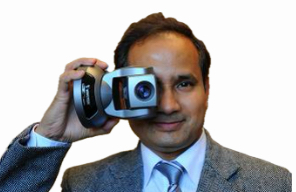




 In current video surveillance systems, camera views are monitored via remote security personnel. If a serious incident such as gun shooting occurs, it can take time for security to arrive at the scene. During this time, the assailant(s) may cause considerable damage and endanger many lives. Ergo, this research investigates feasible disabling devices that can be augmented with camera systems to disable the assiliant(s) and minimize the loss of lives of innocent citizens. For more details, click
In current video surveillance systems, camera views are monitored via remote security personnel. If a serious incident such as gun shooting occurs, it can take time for security to arrive at the scene. During this time, the assailant(s) may cause considerable damage and endanger many lives. Ergo, this research investigates feasible disabling devices that can be augmented with camera systems to disable the assiliant(s) and minimize the loss of lives of innocent citizens. For more details, click